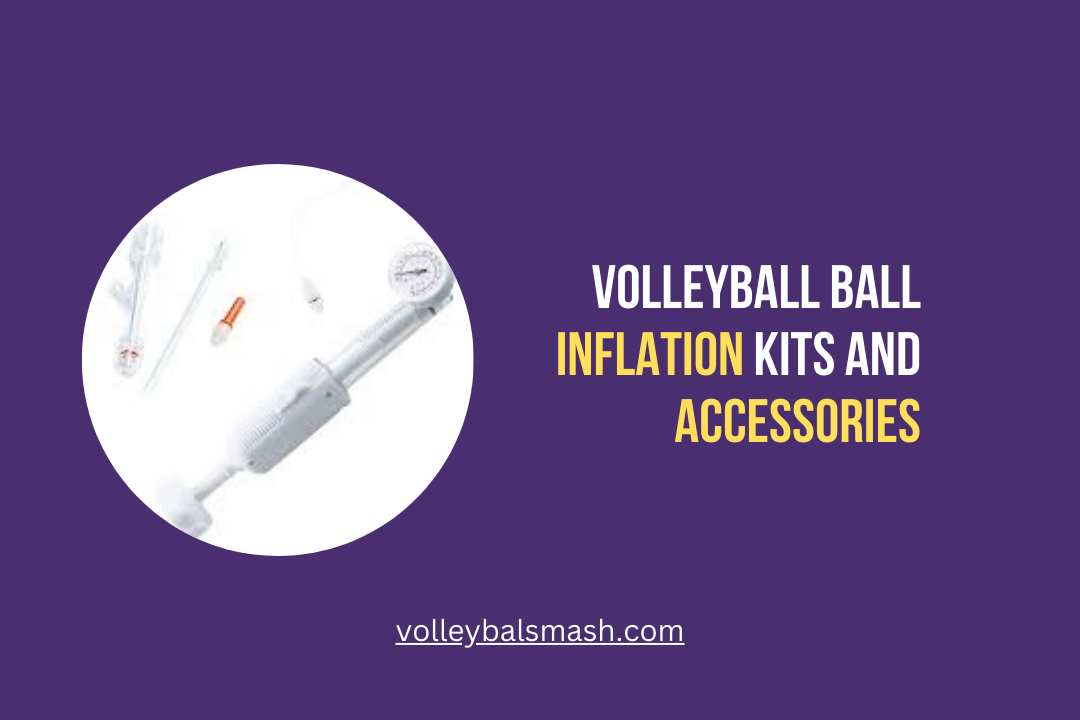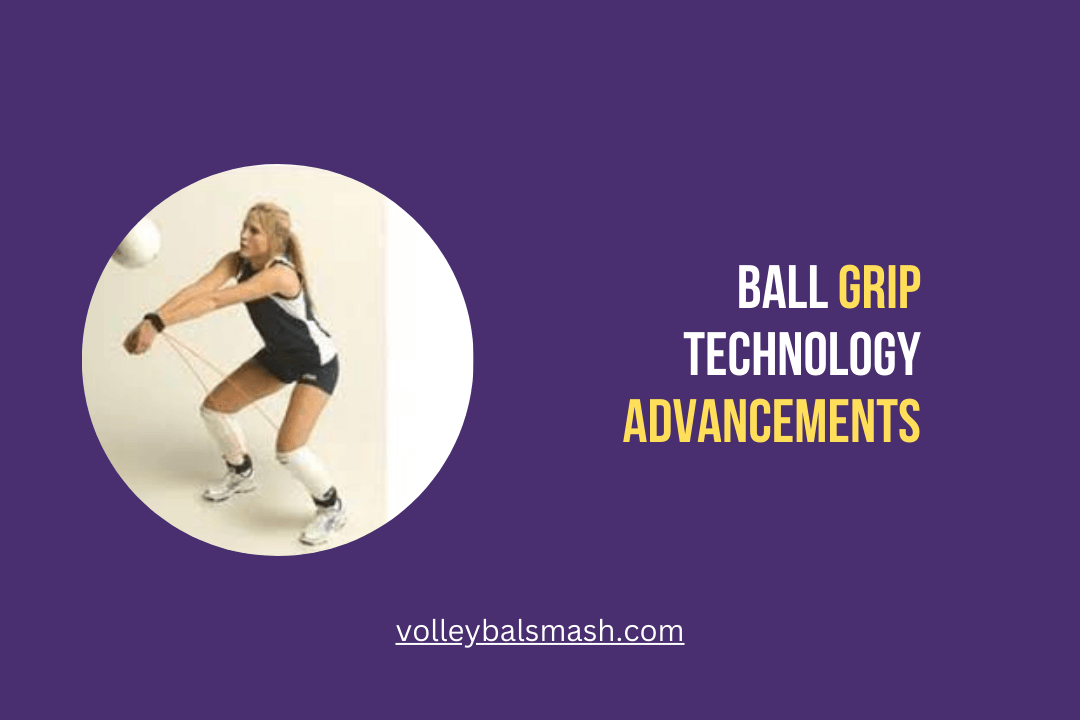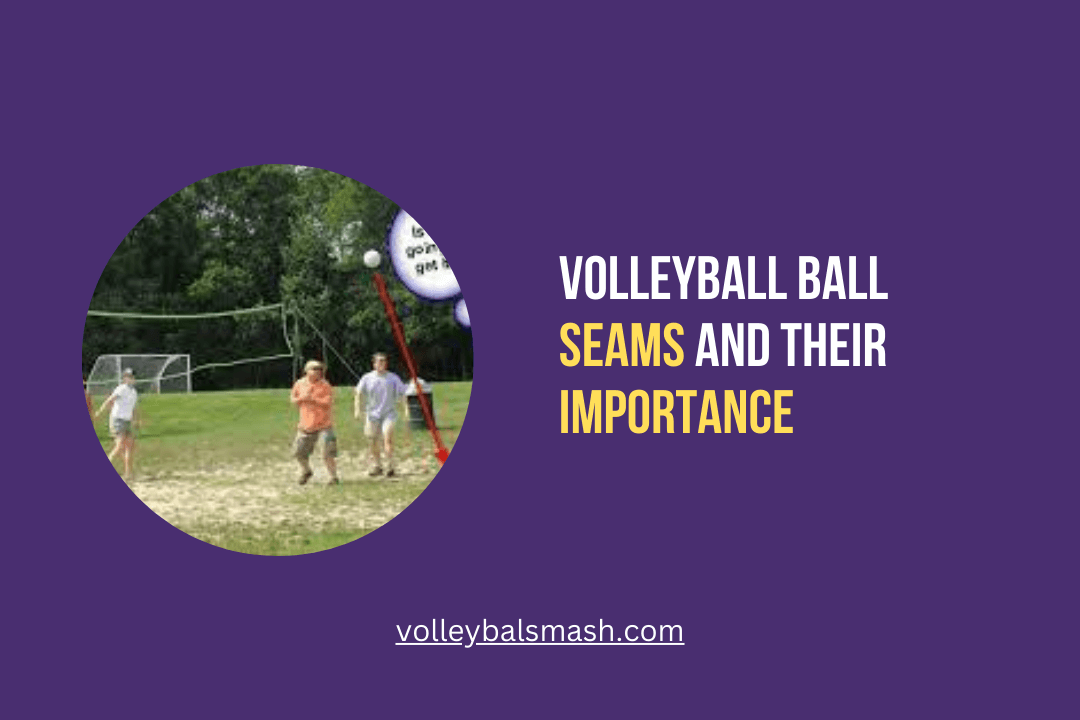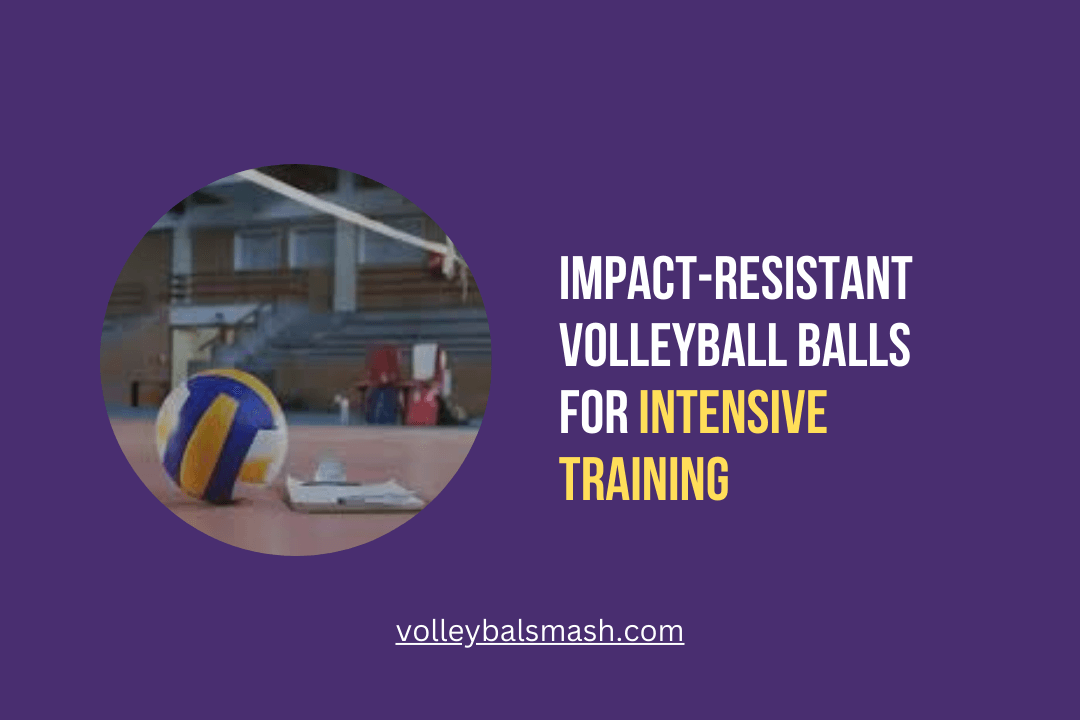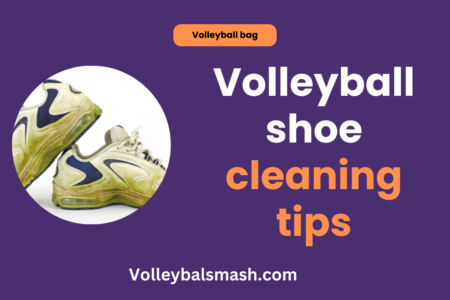Are you aware of the importance of maintaining the correct pressure in your volleyball ball? The optimal pressure not only affects the ball’s performance, but also impacts your safety on the court. In this blog post, we will discuss the recommended pressure for your volleyball ball, as well as provide you with helpful tips for maintaining the perfect pressure level. By the end, you will have all the knowledge you need to ensure your volleyball ball is safe and ready for play.

Volleyball Ball Pressure Guidelines
Obviously, the pressure of a volleyball has a significant impact on the game and player performance. Understanding and controlling the pressure of your volleyball is essential for optimal play. There are specific guidelines to follow when it comes to maintaining the right pressure in your volleyball. If you have any questions about volleyball pressure, you can also check out this question about volleyball pressure on Reddit.
Official Standards for Ball Pressure
When it comes to the pressure of a volleyball, there are official standards set by the governing bodies of the sport. According to these standards, a volleyball should be inflated to a pressure of 4.3 to 4.6 pounds per square inch (psi). This level of pressure ensures the ball has the right firmness and bounce, allowing for fair play and consistent performance.
Factors Influencing Ball Pressure Choices
Several factors can influence your choice of volleyball pressure. The type of playing surface, such as indoor or outdoor courts, can impact ball pressure. Additionally, temperature and humidity can affect the air pressure inside the ball. Your playing style and personal preference also play a role in determining the ideal pressure for your volleyball. Assume that different pressure levels can impact your game in various ways, so it’s important to consider these factors when deciding on the pressure for your volleyball.
Tips for Maintaining Volleyball Ball Pressure
Some tips for maintaining proper volleyball ball pressure include:
- Keep a pressure gauge in your volleyball bag to check pressure regularly
- Store your volleyball in a cool and dry place to avoid pressure loss
- Use a hand pump with needle attachment to adjust pressure as needed
- Be aware of the manufacturer’s recommended pressure range for your specific volleyball
Any deviation from the recommended pressure range can affect the performance and lifespan of your volleyball.
Comparing prices of popular volleyball balls
Checking and Adjusting Pressure Regularly
It’s important to check the pressure of your volleyball regularly, as fluctuations in pressure can impact the playability of the ball. Use a pressure gauge to ensure that the pressure is within the recommended range. If necessary, use a hand pump with a needle attachment to adjust pressure accordingly.
Tools and Techniques
Having the right tools and techniques for maintaining volleyball ball pressure is essential. Invest in a quality hand pump with a needle attachment to easily adjust pressure as needed. Additionally, make sure to have a pressure gauge on hand to check the pressure of your volleyball regularly.
Impacts of Incorrect Volleyball Ball Pressure
After spending time and effort perfecting your volleyball skills, it’s important to understand the impacts of incorrect ball pressure on the game. The pressure in your volleyball can greatly affect the way the game is played and the longevity of the ball itself.
Effects on Game Performance
When the pressure of the volleyball is incorrect, it can have a significant impact on your game performance. An under-inflated ball can result in a sluggish and unpredictable trajectory, making it difficult to accurately pass, set, and spike the ball. On the other hand, an over-inflated ball can be difficult to control and can result in erratic bounces, costing you valuable points in a game. Maintaining the right pressure in your volleyball is crucial for maintaining consistent and reliable game performance.
Long-term impacts on the Volleyball Ball
Incorrect ball pressure not only affects your game performance but can also have long-term impacts on the volleyball itself. Over time, an under-inflated ball can lead to premature wear and tear, causing the ball to lose its shape and structure. On the other hand, an over-inflated ball can put excessive strain on the seams and panels, leading to potential damage and reduced durability. By maintaining the right pressure in your volleyball, you can extend the life of the ball and ensure its optimal performance over time.
By understanding the impacts of incorrect volleyball ball pressure on game performance and the long-term durability of the ball, you can take proactive steps to ensure that your equipment is properly maintained. A well-maintained volleyball with the right pressure not only enhances your game performance but also ensures the longevity of the ball, saving you time and money in the long run. Remember, the right ball pressure is crucial for a reliable and enjoyable volleyball experience.
Additional Resources and Advice
Now, if you’re looking for more specific information and guidelines on volleyball ball pressure, there are several resources available to you. One great source of information is the article “Should A Volleyball Be Hard Or Soft? – Metro League” on Metro League. This article covers the debate on the ideal hardness of a volleyball and provides valuable insights on the topic.
Consultation from Professionals
If you still have questions or concerns about maintaining the right pressure in your volleyball, you may want to consider seeking advice from professional coaches or experienced players. They can provide you with personalized tips and techniques for ensuring that your volleyball is properly inflated to the optimal pressure for game play. Hearing from those with extensive knowledge can give you peace of mind and help you to make the best decisions for your equipment.
Recommended Products for Pressure Maintenance
When it comes to keeping your volleyball at the right pressure, having the appropriate tools and products can make all the difference. Look for high-quality pumps and pressure gauges specifically designed for volleyball inflation. These will help you to accurately monitor and adjust the pressure as needed, ensuring that you maintain the best playing experience for yourself and your team.
Tips for storing volleyball balls properly
Conclusion
Following this volleyball ball pressure guidelines and tips will ensure that you are playing with a ball that is properly inflated, leading to a better game experience. By regularly checking the pressure and using the appropriate tools, you can maintain the optimal pressure for your volleyball ball. Keep in mind the recommended pressure range and adjust as needed to ensure the best performance. Remember, the right ball pressure can make all the difference in your game.
FAQ
What is the recommended pressure for a volleyball ball?
The recommended pressure for a volleyball ball is between 4.3 and 4.6 pounds per square inch (psi). This range ensures that the ball is neither too hard nor too soft, allowing for optimal playability and control.
How can I check the pressure of a volleyball ball?
To check the pressure of a volleyball ball, use a pressure gauge specifically designed for sports balls. Insert the needle of the gauge into the valve of the ball, and the gauge will provide a reading of the pressure. It’s important to check the pressure regularly to maintain optimal playing conditions.
Are there any tips for maintaining the pressure of a volleyball ball?
Yes, there are several tips for maintaining the pressure of a volleyball ball. First, store the ball in a cool, dry place and avoid exposing it to extreme temperatures. Additionally, periodically check the pressure and inflate or deflate the ball as needed to keep it within the recommended range. Finally, handle the ball with care during play to avoid excessive wear and tear on the valve and seams, which can impact pressure retention.
